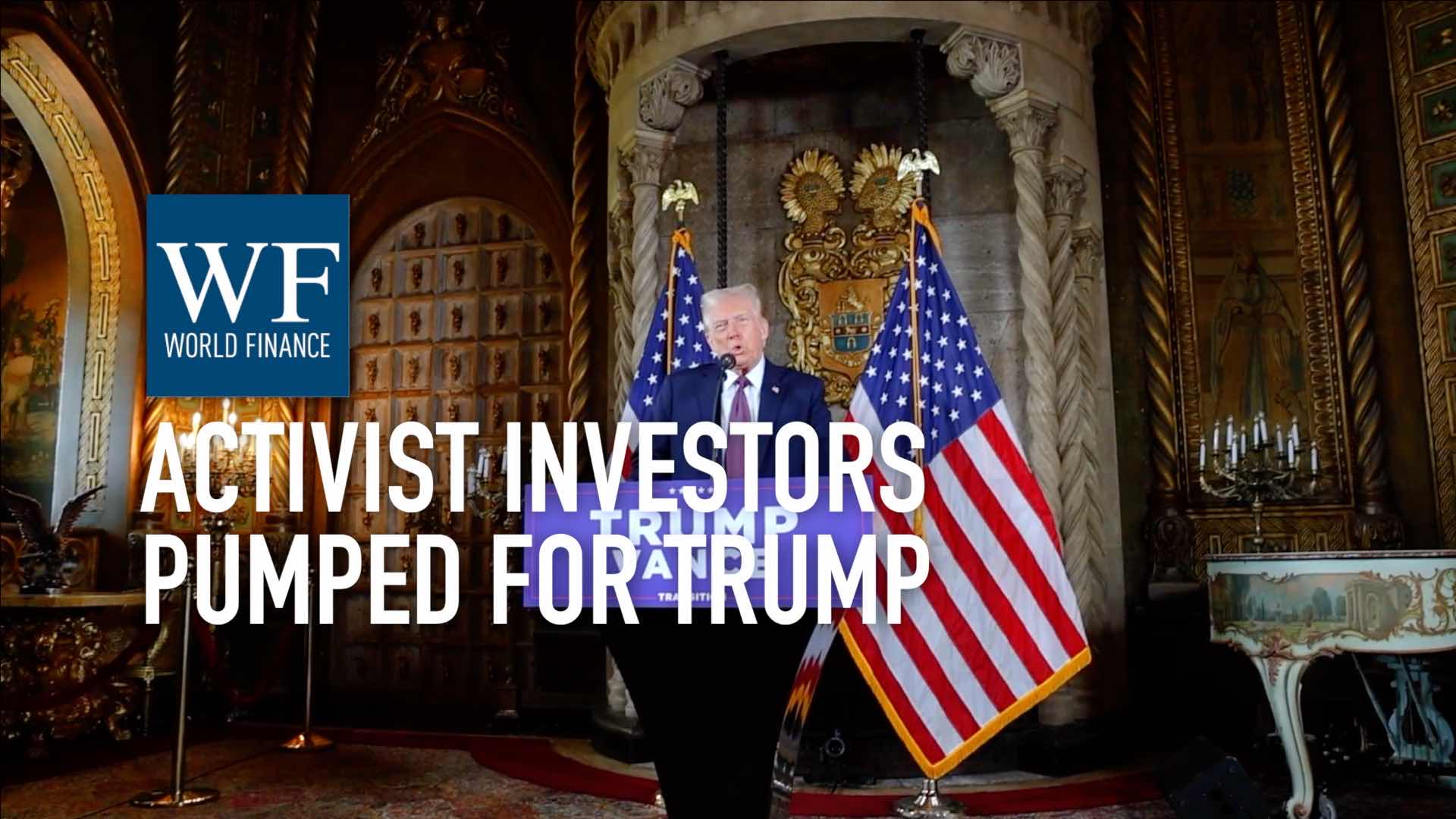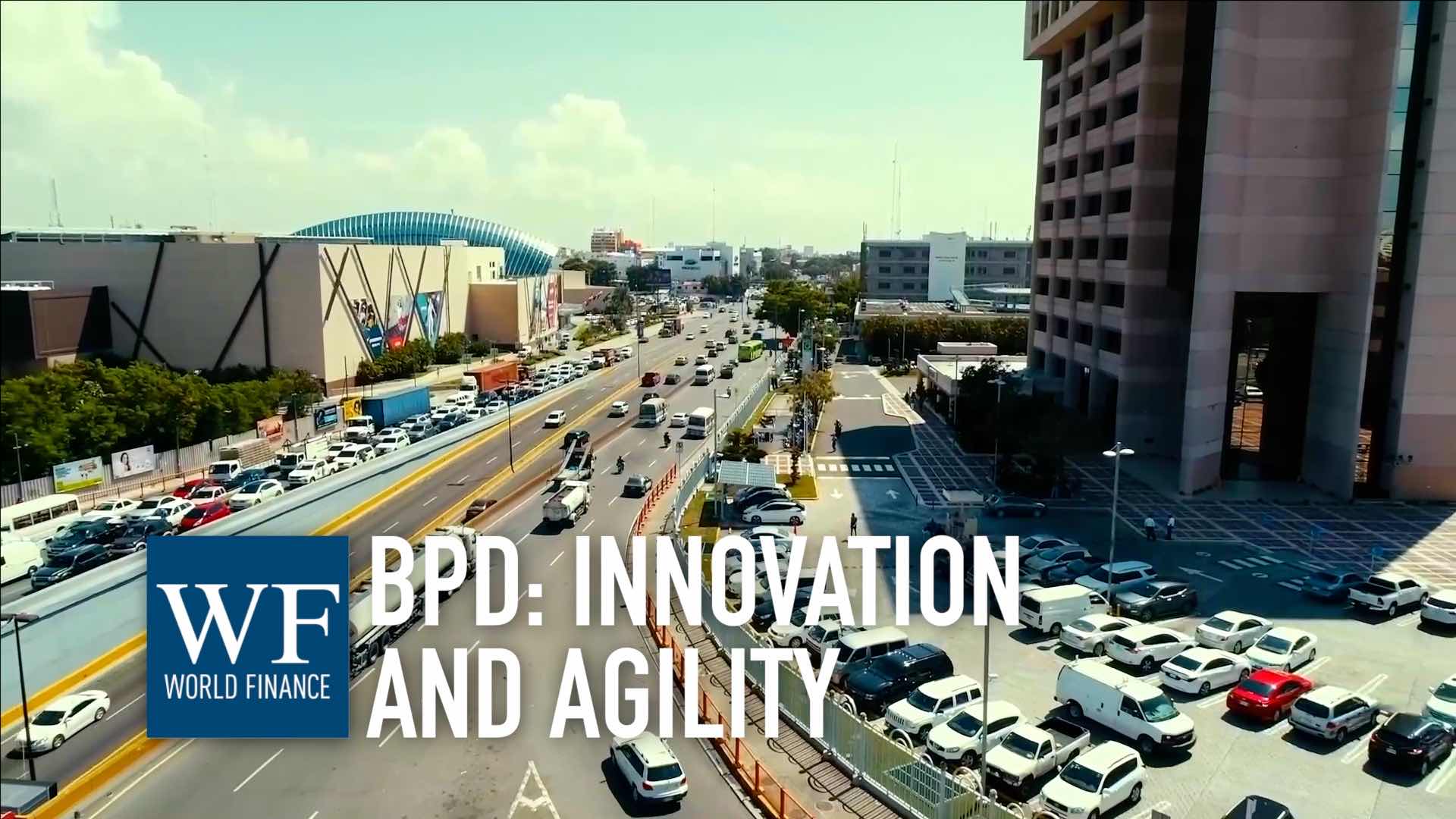Rob van Kuijk, Robert-Jan van Hoorn and Cliff Go on growth in Asia | Finles Capital Management | Video
World Finance interviews Rob van Kuijk, Robert-Jan van Hoorn and Cliff Go from the Singapore Office of Finles Capital Management, on going long-only in Asia
Related:
Transcript
The Netherlands is a leading financial centre, with hedge funds and alternative asset managers, ranging from start-up size to $10bn. Rob van Kuijk, Robert-Jan van Hoorn and Cliff Go from the Singapore Office of Netherlands-based Finles Capital Management discuss the huge opportunities of population and consumer growth in Asia, and how the Finles Lotus Fund is designed to capitalise on this.
World Finance: Rob, maybe you can start by telling me a little bi about Finles, and the unique services and products you offer.
Rob van Kuijk: We were founded as a company in the mid-70s, doing financial services. Over time we evolved to become only doing hedge fund services. Since recently – basically the last two years – we are giving consultancy services, which you see with more fund of hedge fund providers. They’re moving into this space of consultancy and advisory. We did the same, and today we’re delivering predominantly tailor-made services, in-house products for banks, pension funds, insurance companies, wealth managers; things like that.
“People do need to invest in Asia. That’s where the growth is”
World Finance: Robert, how do you go about your investment process?
Robert-Jan van Hoorn: The investment process is both focused on the investment side, as well as on the operational side. If you look at our due diligence process, we check numerous factors and items. So, the focus is on added value and underlying investment managers. There has to be skin in the game by the underlying investment manager, so they have to have an investment in their own funds.
We are conducting checks on the service providers of the funds, so there has to be a separate auditor, there has to be a separate administrator. So, it’s a lot of work – normally full due diligence takes around three to six months, so, you can imagine that this is a serious issue.
World Finance: And how do you approach managing risk?
Robert-Jan van Hoorn: We are absolute-return type of investors, so, the actual risk management framework depends on several things. So, for example, for our Finles Lotus Fund, that one has a higher risk toleration than, for example, our Finles Fountain Fund, which is a 100 percent fund of hedge funds, which invests globally.
But, for example, for the Finles Lotus Fund, it’s a hybrid product. So 75 percent is invested in long-only funds, 25 percent is invested in hedge funds, so with that 25 percent we are trying to manage our left-field risk. So during market stress this 25 percent needs to kick in, needs to make up the performance for the long-only funds in the portfolio.
If we look to the 75 percent which is invested in long-only funds, what we’re trying do over there is, we target absolute-return type of long only funds. So during market stress, if these fund managers have a top-down view of the market which is not that positive, then they can raise their cash balances, for example.
“75 percent is invested in long-only funds, so it’s predominantly trying to capture the betas in the Asian market”
World Finance: Rob, your Finles Lotus Fund will receive an award for Best Emerging Markets Hedge Funds, so can you tell me about the features of this fund?
Rob van Kuijk: Well, the Lotus Fund is not exactly a hedge fund in the way people think of the phrase hedge fund. It is predominantly long-only, so it’s predominantly trying to capture the betas in the Asian market. And by being long-only as Robert-Jan just said, 75 percent of the portfolio is pure equity-related.
It’s not only in fund of long-only funds, but it’s also for tactical trading in ETFs and things like that. But 25 percent of the fund is predominantly meant to cover the risk, because the Asian markets are always having sharp downsides.
With this fund, I think the most specific interesting thing for clients is that you’re talking about a multi-strategy fund in Asia, but it has daily liquidity. And that is something really unique that you hardly ever see.
World Finance: Cliff, over to you now; what opportunities and challenges do you see in Asia compared to the rest of the world?
Cliff Go: I think the challenges that you see in Asia is because of the rapid growth that we’ve seen over the last decade. The distribution of wealth, the have and the have-nots, cause a lot of tension. That has to be well managed, and obviously that’s a challenge. I think in countries like China, for example, where we have seen this growth, we see now that we have to see whether they can unlock value from social and government enterprises into much more of a commercial enterprise, without actually compromising the middle-class and the people who really work to achieve what the country can achieve.
Everybody knows that Asia is where the growth really is. Vast demographics, fast consumer growth, fast population growth, leads to opportunities. I think what we have seen in the past is very much that a lot of these countries are very export-oriented. I think much more going forward, is that we have to identify opportunities that relate to the consumer domestic consumption. And I think if we, together with our capabilities within Lotus, can identify those opportunities, it’s going to be an extremely opportune and exciting time to be part of.
“25 percent is to cover the risk, because the Asian markets are always having sharp downsides”
World Finance: Rob, finally, what differentiates the Lotus fund from other managers in your sector?
Rob van Kuijk: Well, the key thing as I said before, is daily liquidity. Clients can buy and sell on a daily basis, which is extraordinary for a fund of this structure.
Secondly, what’s very important is, people do need to invest in Asia. That’s where the growth is. The biggest part of this world is emerging, and emerging rapidly. If you look at the middle class, the growing middle class in Asia? It’s unbelievable. You’re talking about so many people emerging. So if you want to make returns over the long term, you need to invest long-only in Asia. That is absolutely a must for every portfolio.
What is interesting in this product is, you also have the downside protection. And I think that combination is very interesting for people.
World Finance: Gentlemen, thank you.
Rob van Kuijk, Robert-Jan van Hoorn, Cliff Go: Thank you.

 Prepare now for aggressive shareholder activism under Trump 2.0, says Kai Liekefett
Prepare now for aggressive shareholder activism under Trump 2.0, says Kai Liekefett Banco Popular Dominicano: Digitalising Dominican finance
Banco Popular Dominicano: Digitalising Dominican finance
